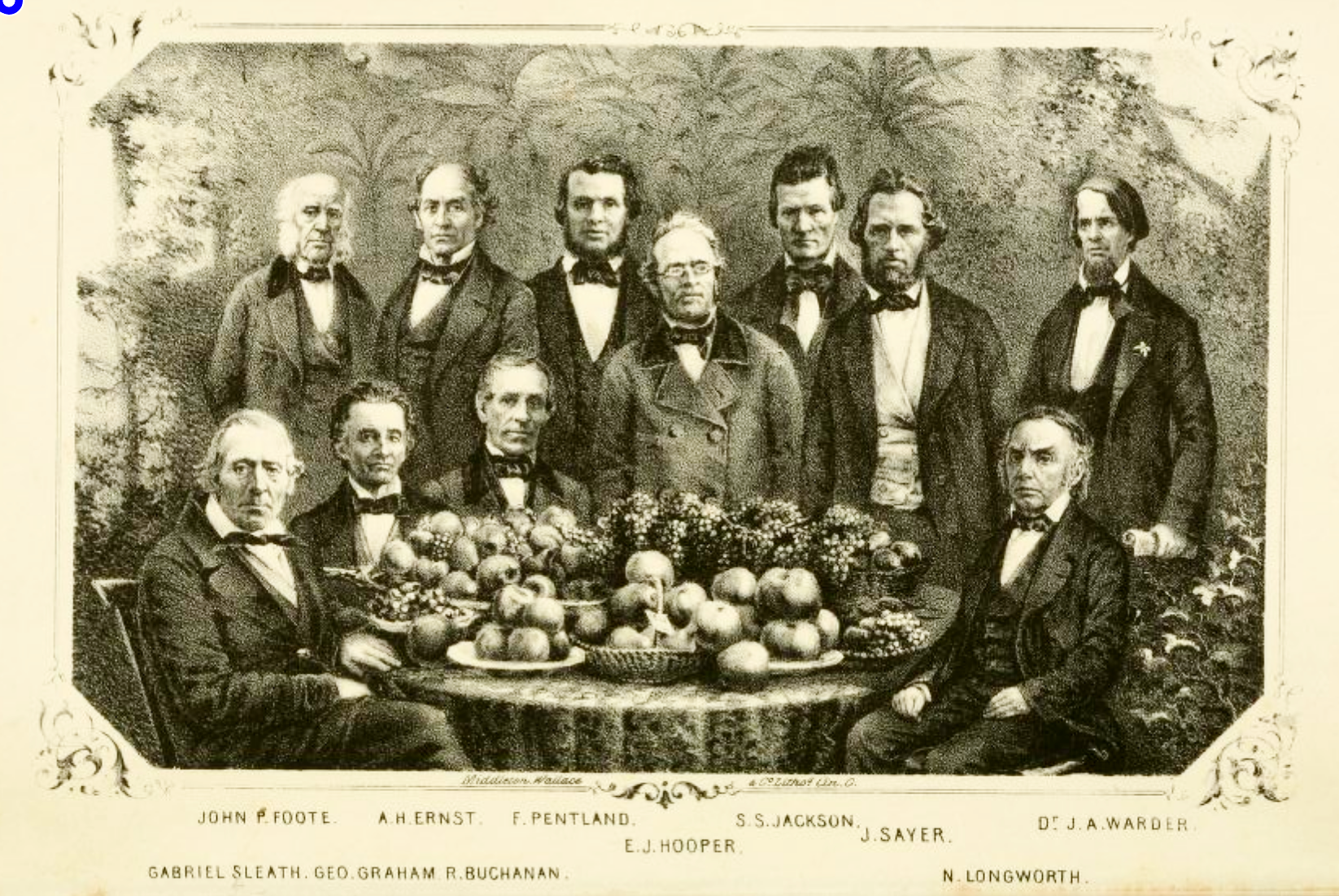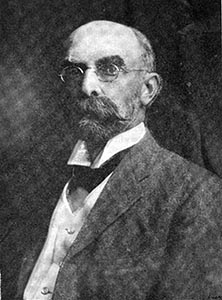I’ve managed to make an update video every year of grafting and training my friend Chuck’s apple frankentree. The tree has grown quickly into a well balanced, classic Modified Central Leader form. The Main scaffold branches look pretty good and most of the laterals have been set. That only took 3 years. This 4th year, I just notched a few more buds to get the last few laterals where I want them and the rest is mostly maintenance with light training. If I were to do this now, I would approach it with even a little more intent to get exactly what I want, possibly even a little quicker. To understand the tree form a little better and how to get it, watch the video below on tree forms. I like this tree form a lot. It is not the only game in town, but it is good for making long lived, well balanced trees that are relatively easy to control. It is popular with fruit tree enthusiasts for a reason. It also looks very nice, making a somewhat spreading tree with reasonably good light distribution if well maintained.
This is probably the last training and pruning video of chucks tree as the videos are becoming redundant, but the form is in place and from here on it’s mostly thinning excess growth, and then shortening what is left. maybe we’ll check in on fruiting and maturity in a couple/few years. A playlist with all previous videos of chucks tree is also linked below if you want to follow it’s development from the beginning.
The full playlist… https://www.youtube.com/playlist?list=PL60FnyEY-eJCwRV46RC-aoybNgDRjCAw4
The video explains a couple of very good common tree training forms, the delayed open center and modified central leader.











